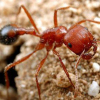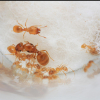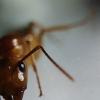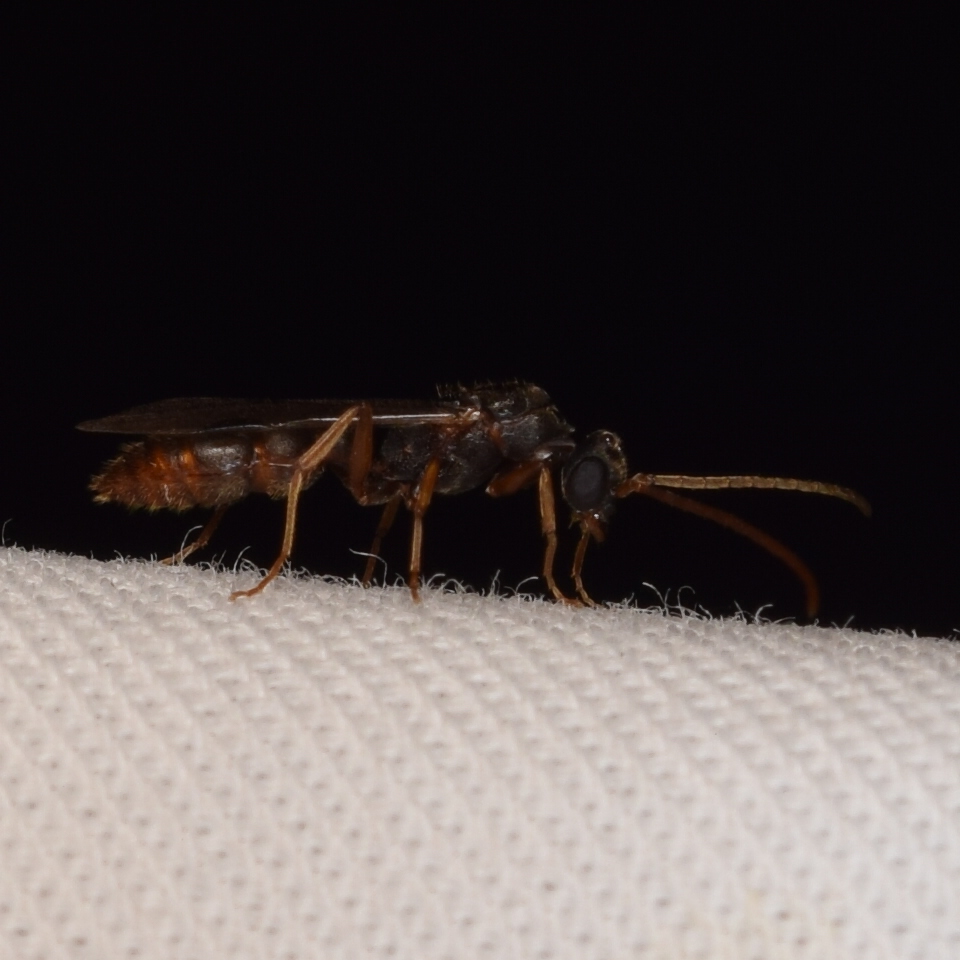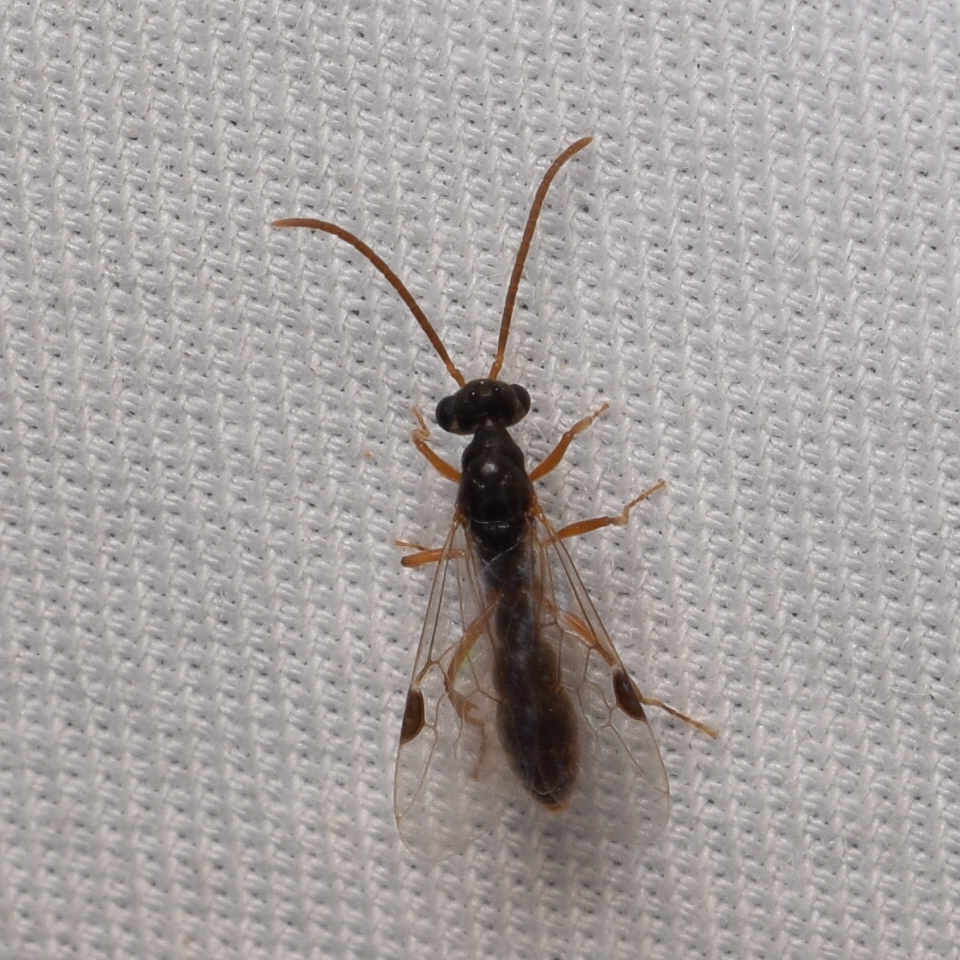Date: July 1st and 3rd
Time: July 1st: 10 am and 7 pm. July 3rd: 6 pm.
Location: July 1st: Huckleberry fishing pond. July 3rd: corriganville park. ~30 californicus queens foraging after I left.
Rain: none
Humidity: 20%
Wind ~5-10 miles an hour.
Edited by Broncos, July 5 2020 - 9:38 AM.



